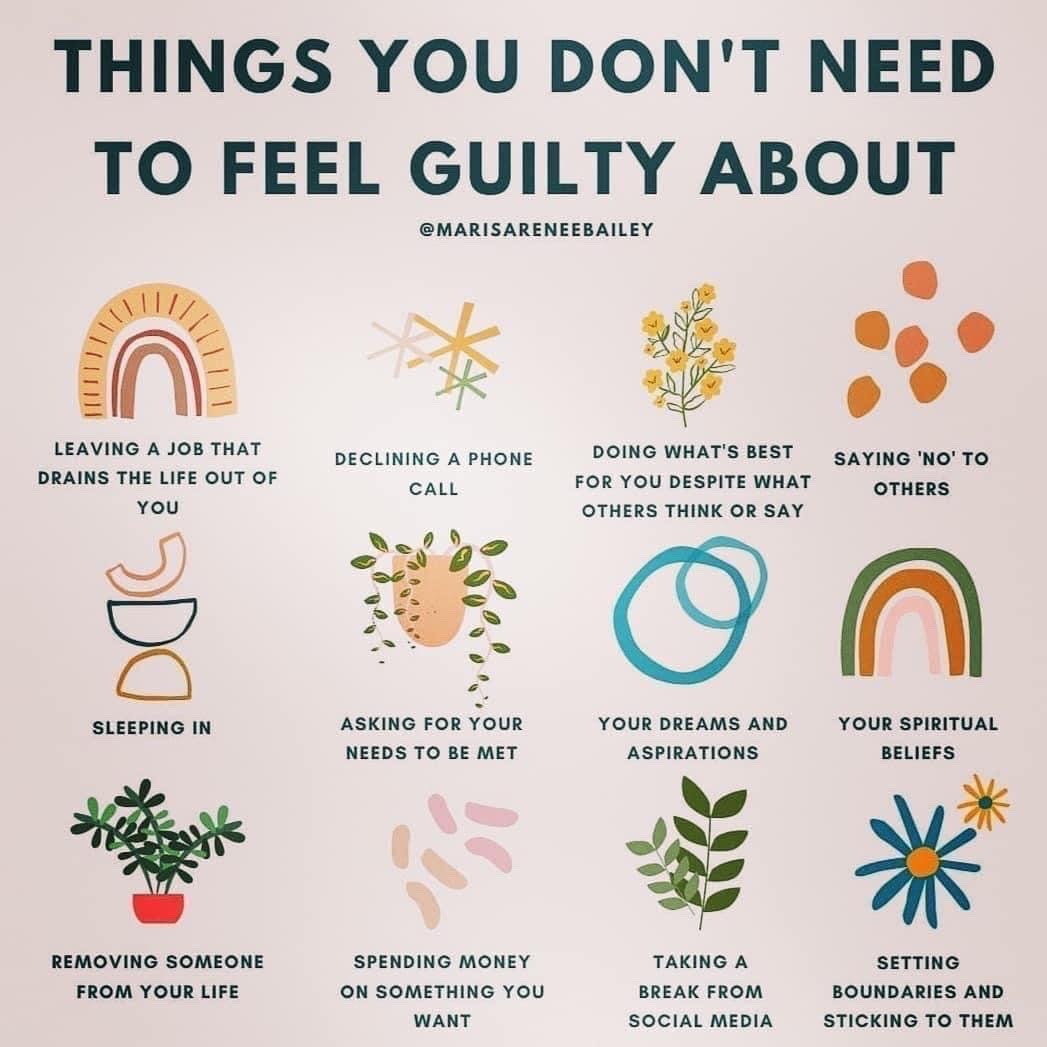Physical Self Care Tips
At least 30 minutes of movement everyday.
Hydrate yourself regularly !
Get some good sleep at night.
Find time to spend outside your house or your desk.
Healthy meals.
Find a hobby!
Experience nature.
It was during World War II. Walt was very busy running from one project to another, checking on the shorts and government work going on. Walt always had a cigarette, and he came to a story meeting holding an unlit one. I had a new butane lighter and I flipped it open to give Walt a light. Just as he was putting the cigarette up to his face, the flame sprang out. The flare was huge and it burned half of Walt’s mustache off. He yelled ‘What are you DOING?,’ and ran out of the room. Our meeting broke up before it started.
I felt horrible. I went back to my office and tried to work, but word got around about what had happened. Every time I came out of my room, people avoided me, wouldn’t look at me. That went on for days. I was sure I’d be fired.
But then, at the end of the week, Walt came over to my table in the commissary and showed me that he had cut his whole moustache off. And then he sat down and ate lunch with me.
People started talking to me again. Nobody avoided me. And everything was all right. [x]
(Fact Source) For more facts, follow Ultrafacts
Alexithymia is a personality construct characterized by the sub-clinical inability to identify and describe emotions in the self. The core characteristics of alexithymia are marked dysfunction in emotional awareness, social attachment, and interpersonal relating. Furthermore, individuals suffering from alexithymia also have difficulty in distinguishing and appreciating the emotions of others, which is thought to lead to unempathic and ineffective emotional responding. Alexithymia is prevalent in approximately 10% of the general population and is known to be comorbid with a number of psychiatric conditions.
The term “alexithymia” was coined by psychotherapist Peter Sifneos in 1973. According to the Oxford English Dictionary, the word comes from the Greek words λέξις (lexis, “speech”) and θυμός (thumos, “soul, as the seat of emotion, feeling, and thought”) modified by an alpha privative, literally meaning “no words for emotions”.
Follow Ultrafacts for more facts
[Image description: Collage with red paper over a newspaper and black text that reads, “If you keep swallowing the anger back it’s going to choke you. End ID]
Psychology notes 3/29/2012
Psychological Disorders
Prior models of disorders: superstitious, religious
very crude forms of therapy or treatment:
(including) Trephining: putting holes in the skull to allow the “evil spirits” or whatever to be released.
Edward Kienholz (artist) worked in environmental art, created environments. worked in mental hospitals. constructed a piece called “the state hospital”
he brought attention to how awful situations in these hospitals were.
Medical model of disorders: medical model; mental illness
does not discriminate based on sex, IQ, background, etc. (but sometimes things can factor into why they have a disease)
Thomas Szasz’s criticism.
he pointed out what isnt the norm isnt always wrong, whats not normal here, might be normal somewhere else.
Diagnosis Criteria & Tools
(one of the first things they might do is give a person a MMPI)
*Diagnostic tools
-Interview
-Observation
-Testing
*Criteria (4 D’d)
-Deviant: different from the norm, causes problems in normal circumstances
-Dysfunctional
-Demand(2) and/ or Danger: (client demand: a client goes to a doctor and demands they be tested because they realize something is wrong and want proof or help, or a person goes in to clear up and prove to someone that they do NOT have a disorder. client demand, ask and receive a diagnosis) DANGER: to themselves Or to society, (to society, is usually a court demand)
interesting to look into related to the subject:
http://en.wikipedia.org/wiki/Camille_Claudel
(camille claudel, worked with Rodin)
Disorder Classification
*DSM IV
(its on its fourth revision)
accumulation of all the documented disorders out there- try to keep it up to date with all disorders
(Five axis)
- I - Clinical syndromes
- II - Personality disorders
- III - Medical conditions(make sure that it isnt simply a medical issue)
- IV - Psychosocial problems
- V - Global assessment of functioning (assessment of overall functioning)
Disorders are categorized in the DSM
Anxiety disorders (excessive apprehension)
-Generalized anxiety disorder (it is general, the person is always hyper-vigilant)
-Phobic disorders (very different, they are specific to certain things, different from phobias [everyone has a phobia or two] but a phobia disorder can be very extreme and irrational, and causes dysfunction, unusual strength of fear) most common phobic disorders include snakes, (other creepy things), heights, public speaking and public transportation. *Agoraphobia: really consequential, it is basically a fear of public places. people who have a agoraphobic disorder cannot easily leave their home, cannot leave their safe place. if its severe enough, a person cannot hold a job, cannot do much. (what about bob?)
-Panic disorder (reoccurring) attacks that are not specific to a certain, specific event or object, increased heart rate, sweating
-Obsessive-compulsive disorder (obsessive is the thought of it, the compulsive is the need to engage in unnecessary actions): people who feel that they have to go back and check things, like make sure that they locked their door, turned off the oven etc. even if they are just not sure, have to go back and make sure>
-Post-traumatic stress disorder (most common in rape victums and war) can cause huge problems with realationships and holding jobs.
Etiology (links and relationships) (correlational) Of anxiety disorders
(doesnt mean it CAUSES it, but it does mean that they have shown a relationship)
- genetics: only partial or possibly associated
-neurochemicals (link to GABA, and several other chemicals in the brain)
-classical & operant conditioning : contributes most to phobias or phobic disorders
- cognitive: (associated with anxiety, there is a difference in interpretation) people with anxiety generally are more negative or think of a negative outlook dealing with ambiguous ordeals.
-personality (neuroticism)
-Stress: often paired with environment
(movie: As Good as it Gets: jack nicholson plays a character with OCD)
Somatoform Disorders (Soma means body)
(Physical Aliments with no organic basis)
- somatization disorder (a big clue that someone might have one of these is that they’ve had many different doctors and they keep switching because they have not had a doctor explain or find out whats wrong with them)
-conversion disorder: very different, loss of function in one or more organ system with no physical basis.
-hypocondrasis: being preoccupied with thinking that they have a certain disease or that they arre sick
Etiology of Somatoform Disorders
-personality
-Cognitive
-Sick role
Continued: 4/3/12
Mood Disorders
*Major depressive disorder
*Bipolar Disorder
-Mania
+Reckless, Impulsive behavior
+increased self esteem
+decreased need for sleep
+grandoise planning
In a manic phase some people may go into grandoise planning without taking any pre requosite steps before hand. (things that they havnt made any plans for)
(sometimes people in these situations do not want to take their medication because they want to experience these things)
Etiology of mood disorders
(usually onset is in teens or early 20’s)
-Neurotransmitters
-Genetics
-Cognitive(negative self thoughts [exhibited with negative self talk])
-social skills
-stress
Schizophrenia Disorders
Disruptive, disturbing thoughts
*symptoms:
-delusions
-bizarre behavior
-hallucinations
-disturbed emotions
these voices tend to have a critical nature and are negative, tend to cut you down
Schizophrenia subtypes:
-paranoid
-disordered
-catatonic
-undifferentiated







![you-deserve-to-love-yourself:
“[Image description: Collage with red paper over a newspaper and black text that reads, “If you keep swallowing the anger back it’s going to choke you. End ID]
”](http://web.archive.org./web/20221018122015im_/https://64.media.tumblr.com/47316404940b7897fa966b73d3c471ec/6bcedde0405484bb-49/s1280x1920/8eb5921a2cfe69dc15ddbb7faa989d1848a7a661.jpg)
